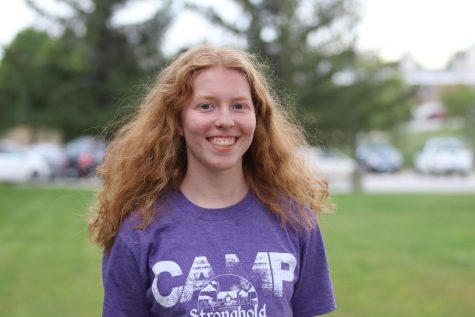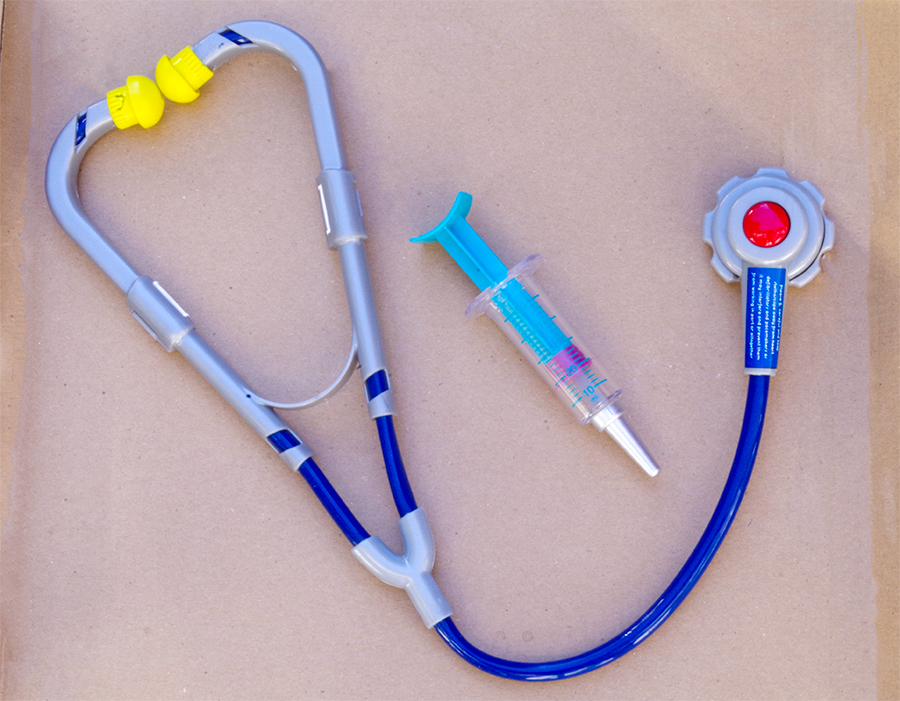The Johnson & Johnson vaccine: Explained
An overview of the newest COVID-19 vaccine with emergency approval in the US.
The Johnson & Johnson vaccine is the third COVID-19 vaccine to be approved in America
The new COVID-19 vaccine developed by Johnson & Johnson is the third vaccine to gain emergency approval and is already being administered here in the U.S. Here is what you need to know about the new vaccine.
As of March 27, 1,439,027 total vaccine doses had been administered in the state of Iowa. Of these, 729,529 were Moderna, 671,179 were Pfizer, and 38,327 were Johnson & Johnson.
The Pfizer and Moderna vaccines are both very similar in nature. Pfizer has been found to be 95% effective at preventing COVID-19 with symptoms for at least six months. It has been approved for those 16+ and requires two doses, three to six weeks apart.
The Moderna vaccine was found to be 94% effective at preventing COVID-19 with symptoms. It has been approved for people 18 and older and requires two doses four to six weeks apart.
In trials, the Johnson & Johnson vaccine was found to be less effective than the other vaccines, with a 66% rate of preventing COVID-19 with symptoms 14 days after injection, and 85% effective at preventing severe illness 28 days after injection. Experts are urging not to let the lower efficacy dissuade people from getting the Johnson & Johnson vaccine. Although the efficacy is less than that of the Pfizer or Moderna vaccines, receiving the Johnson & Johnson vaccine provides a layer of protection against COVID-19, which is far better than no protection at all. This protection was found to prevent hospitalizations and deaths by 100% in clinical trials. Most importantly, it increases herd immunity, which is the ultimate goal of mass vaccination. It was also found to be effective at preventing asymptomatic cases of COVID-19. Trials with the Pfizer and Moderna vaccines have also tested asymptomatic cases, and the vaccines have proven successful.
All three vaccines have similar side effects, most commonly headaches, fever, fatigue, muscle pain and injection site soreness.
Unlike the other two vaccines, Johnson & Johnson only requires one dose. It has only been approved for people 18+. All three vaccines have begun clinical trials with younger children, but it is unknown when they will be approved for this age group.
Another advantage of the Johnson & Johnson vaccine is storage. The Pfizer vaccine needs to be stored at -94 degrees Fahrenheit, and the Moderna vaccine is required to be stored at -4 degrees Fahrenheit. Before being used, these vaccines need to thaw, and need to be administered within a short window. After this time, the vaccines become unusable and must be thrown out. The manufacturers of these vaccines are working on testing the vaccine’s effectiveness in different temperatures.
These differences occur because of how the vaccines are made. The Moderna and Pfizer vaccines are made using mRNA technology, which is relatively new. These vaccines contain mRNA, also known as messenger RNA, which is a single strand that contains segments of an organism’s genetic code. This differs from traditional vaccines, such as the Johnson & Johnson vaccine, known as a viral vector vaccine, that contains pieces of different viruses that have been modified to carry the genetic material of the COVID-19 virus, generating the production of antibodies against the virus.
Messenger RNA is very unstable because it is made up of enzymes that will break down, or denature if stored at room temperature. Currently, there are no mRNA vaccines approved for other diseases, although they are being tested for other diseases including Ebola, the Zika virus, influenza, and cancer.
The Johnson & Johnson vaccine, on the other hand, is more similar to other traditional vaccines. It is much more stable than the other Pfizer and Moderna vaccines and can be stored at refrigerated temperatures for months. Because of this, the Johnson & Johnson vaccine will be much easier to distribute, as transporting vaccines at such low temperatures has been a challenge, especially to more rural areas.
Your donation will support the student journalists of West High School. Your contribution will allow us to purchase Scholarship Yearbooks, newsroom equipment and cover our annual website hosting costs.

(she/her) Vivian Polgreen is a senior at West and it is her third year working on staff. She is the news editor and co-managing editor for the online publication....

Gwen is a photographer and online entertainment editor on WSS. This will be their third year on staff. In their free time Gwen enjoys cuddling with their...



